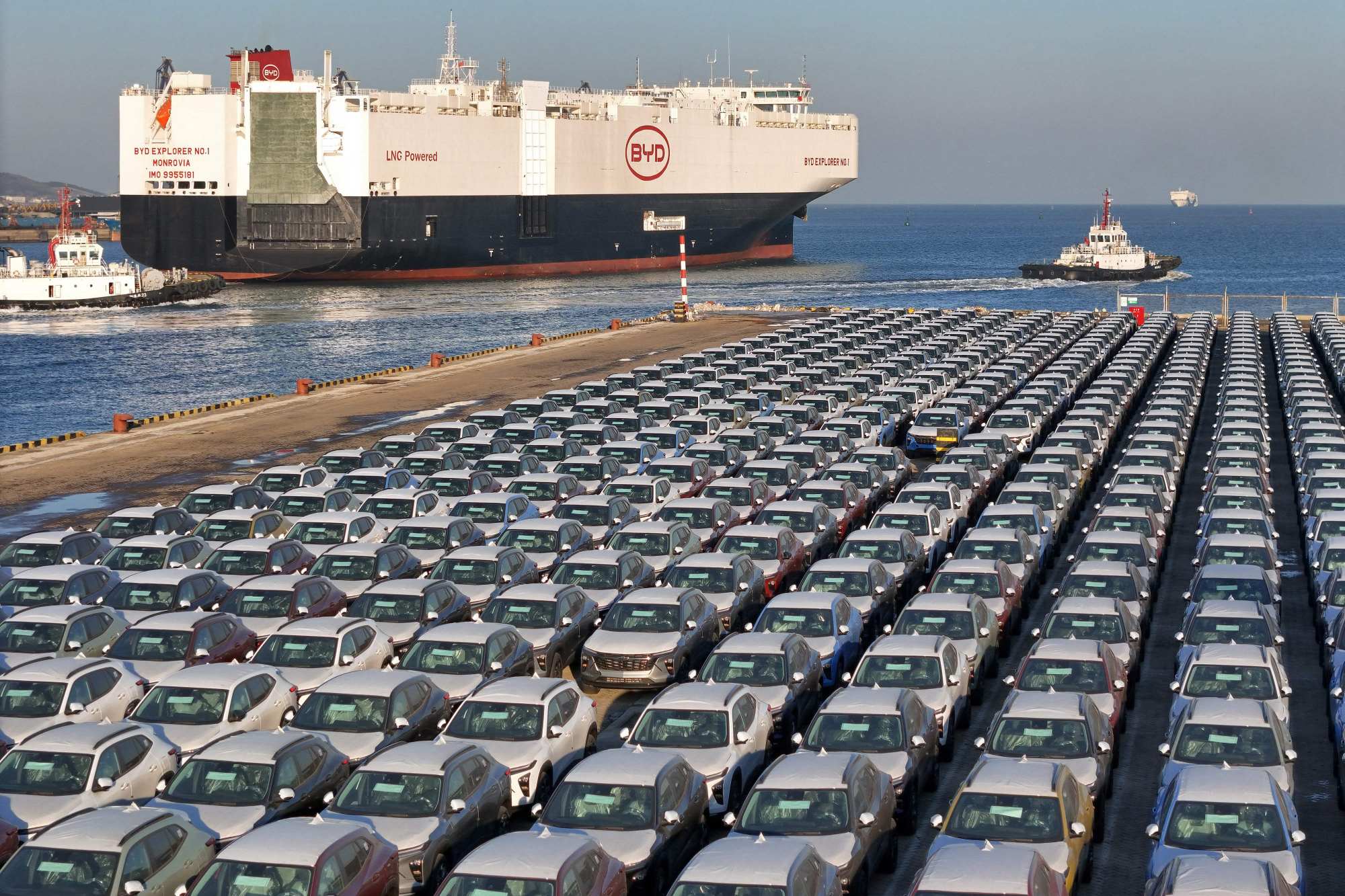China’s economy will show gradual improvement in 2024, propelled by manufacturing and consumption, rather than property and local government financing, amid a structural shift towards high-quality growth drivers, Peiqian Liu, Asia Economist at Fidelity International, said at a media briefing on Thursday.
“Tourism, entertainment, culture, and other related spending are all signs of an emerging middle class upgrading its lifestyle, so [these segments] are perhaps going to be part of the drivers of growth,” said Liu, adding that “in-touch” services consumption has also seen a meaningful rebound over the past year, on top of a recovery in traditional and consumer durables consumption.
She underlined the emergence of manufacturing as a pillar of the next phase of development and said that China is one of the world’s biggest manufacturing hubs, with its value-add “contributing to close to 30 per cent of the global outlook”.
Do you have questions about the biggest topics and trends from around the world? Get the answers with SCMP Knowledge, our new platform of curated content with explainers, FAQs, analyses and infographics brought to you by our award-winning team.
“Even though we have seen fixed-asset investments moderately slowing down, the underlying divergence tells us that real estate is obviously a drag to the real economy ...[and] the manufacturing sector has taken over the baton to become the main driver of growth.”

“That is where China’s competitive advantage lies,” Liu said.
Sector-wise, she said that as the world’s second-largest economy tilts its policy support towards high-quality growth, China’s auto industry will emerge as one of the key beneficiaries. “China’s auto industry has been growing exponentially during the pandemic, even surpassing Japan as one of the world’s top auto industry exporters over the past year,” she said.
Green investments, the digital economy, technology and innovation are among other areas that are receiving strong government support and are emerging as new growth drivers, although their individual market sizes are still quite limited at this point.
Meanwhile, consumption will be another key engine driving growth, counterbalancing the drag caused by lacklustre external demand, she said.
“We might see some challenges from external demand because there are still rising risks of recession kicking in from developed markets, but that downside pressure might be partially offset by the recovery of domestic demand,” she said.
China’s latest economic data released this month showed that the country’s gross domestic product (GDP) expanded by 5.2 per cent in, beating the official target of 5 per cent. Consumption was the main driver, contributing 4.3 per cent to the overall growth, while the property sector remained a drag, contracting by around 0.6 per cent, data from the National Bureau of Statistics showed.
China plans to turn hi-tech lab innovations into globally competitive goods
Liu said in order for a recovery in consumption to continue, employment and wages need to improve, but these tailwinds will come through eventually with cyclical recovery. “As firms expand, as more companies employ people back to the workforce, and as wage growth continues, consumption will be coming back to a more sustainable growth trajectory.”
Another sign pointing to a more sustained consumption-led GDP growth is an uptick in the number of high-income households in China, leading to consumption upgrades that will result in a greater contribution from the household sector.
As China continues with structural adjustments to its growth strategy, the property sector will continue to drag on the economy. However, Liu noted that the sector’s downturn will unlikely “derail growth” this time around, as it is partially offset by strong momentum in manufacturing and consumption.
China’s clean energy sectors were the biggest growth drivers of its economy in 2023: CREA
“I think it’s safe to conclude that the fastest pace of decline might be behind us, simply because policymakers have been coming up to address such issues to stabilise the property sector with incremental easing,” she said.
“As income improves, as cyclical recovery continues, these factors are going to stabilise GDP growth and sentiment, and the property sector from a demand-side perspective is probably not going to [diverge] from where we are right now.”
More from South China Morning Post:
- China awaits whether US interest rate cut, better ties bring economic tailwinds in 2024
- China embarks on transition to consumption-centred economy as Beijing moves to unleash spending power: investment guru
- China GDP: economic resilience questioned as property cloud lingers, even with 2023 growth target in sight
- China property: why an uptick in Beijing, Shanghai home sales is unlikely to last
- China’s economic ‘recovery is still shaky’ as Beijing looks to get it back on solid footing in 2024
For the latest news from the South China Morning Post download our mobile app. Copyright 2024.





